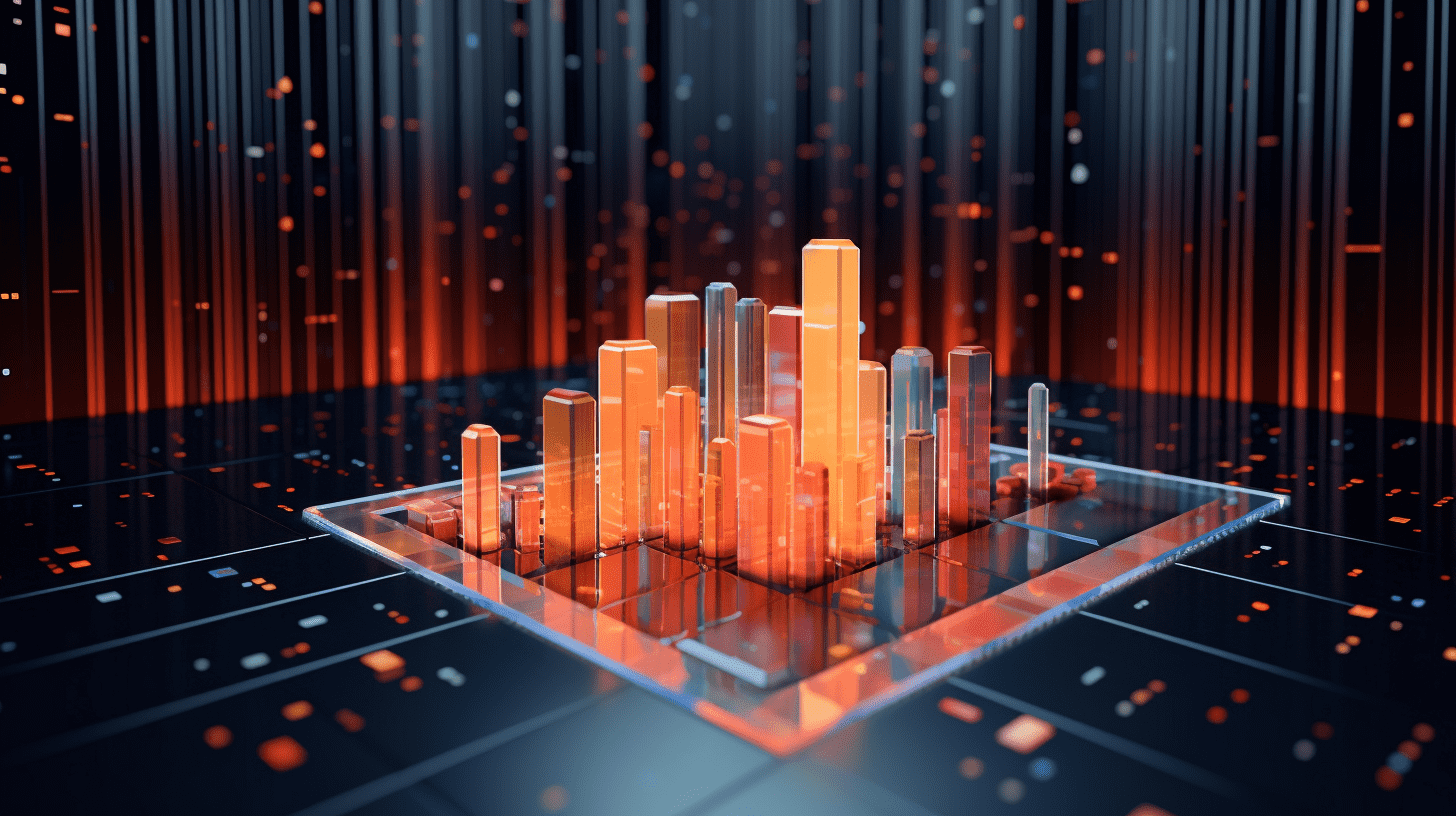Senior strategist: The bursting of the AI bubble will come before the widespread adoption of AI.
The final popularization of AI actually requires a burst of the bubble as a prerequisite. In this "creative destruction," excess capacity funded by later-stage investors will be released cheaply, and they themselves may become the ones to pay the bill for the future "selflessly."
Co-founder and Chief Investment Strategist of Absolute Strategy Research, Ian Harnett, warned in a post that the AI bubble is approaching its end.
Harnett believes that the soaring stock prices of AI companies, frequent trading within the industry, and the recent surge in capital expenditure by tech giants are all typical signs of a bubble. He sees this rapid increase in capital expenditure as the final key piece of the puzzle leading to the peak of the bubble.
Harnett also stated that the current AI frenzy bears striking similarities to the late 1990s internet, technology, media, and telecommunications (TMT) bubble. History shows that the bursting of such bubbles was not due to the illusion of technological dreams, but rather was fueled by over-investment. The eventual collapse will pave the way for the true proliferation of AI technology through a process of "creative destruction," but late-stage investors who foot the bill for this feast will face heavy losses.
Echoes of history: Capex sounds the alarm for the end of the bubble
Harnett believes that AI stocks have displayed all the elements of a bubble for some time now: skyrocketing share prices leading to excessive concentration in the US stock market; AI companies artificially inflating each other's valuations and growth through mutual investments and product purchases. Recently, the last crucial factor - the rapid expansion of physical capital - has also fallen into place. Global "hyperscalers" are investing in AI infrastructure on an unprecedented scale, echoing the capital expenditure boom on the eve of the TMT bubble burst.
Looking back at history, the popularization of almost all general-purpose technologies, be it railways, electricity, or the internet, was accompanied by a bubble. The end of these bubbles was not due to the disappointment in new technologies, but rather due to tightening regulations, increased competition, or consumers no longer able or willing to foot the bill.
Harnett believes that AI is facing the same vulnerabilities: the arrival of Europe's AI Act represents the advent of regulation; lower-power models from around the world are intensifying competition; and, more importantly, tech companies' cash flows are beginning to feel the pressure.
Technological themes may be structural, but their end users are cyclical. Once the ultimate buyers of AI face external cash flow shocks, the capital merry-go-round will quickly come to a halt. At that time, the collapse in revenue will far outpace the reduction in capital expenditure, leading to a rapid decline in company profits and accelerated depletion of cash reserves. This serves as a fatal warning to investors.
The lessons of the TMT bubble are fresh in memory: in the aftermath of the collapse post-2000, even the eventual winners were not spared, with Microsoft stock falling by 65%, Apple by 80%, Oracle by 88%, and Amazon by a staggering 94%. These companies took 16 years, 5 years, 14 years, and 7 years respectively to return to their initial highs.
Creative destruction: Who is paying the price for AI's future "generosity"?
Meanwhile, Harnett also believes that bubbles are not entirely destructive.
He further explains that, as pointed out by scholar William Janeway in his work, bubbles, especially the excessive capital expenditure they generate, are crucial for the dissemination of new technologies. The frenzy surrounding new technologies significantly reduces the cost of capital, thus providing massive funding for the rapid construction of infrastructure.
When the bubble bursts, the excess capacity built with exorbitant investments does not disappear. It can be acquired by new participants at very low prices, as described by economist Joseph Schumpeter as "creative destruction" - it allows new technologies to be used by society at a cost far lower than during the boom period, ultimately embedding technology deeply into the economic system.
For investors, this means a harsh reality: equity investors who funded excessive capital expenditure in the late stages of the bubble are highly likely to lose most of their investments. To survive a collapse of 70% to 80%, investors need to enter the market early, possibly as early as 2019-2020.
Harnett also mentioned that the good news is that this round of AI capital expenditure is mainly funded by equity rather than debt, meaning that its collapse may have a similar impact on the overall economy to the TMT crisis, rather than the systemic financial crisis triggered by debt in 2008. Policy responses should also draw from experiences in 1987 or 1998, rather than the near-zero interest rates and quantitative easing after the major financial crisis.
In conclusion, the aggressive AI capital expenditure almost guarantees that AI technology will be ubiquitous in the future. However, the bad news is that the arrival of that day will likely require a dramatic "creative destruction."
Therefore, Harnett warns that for investors buying into AI stocks at high valuations such as 30 times P/E or 8 times P/S, they should perhaps ask themselves: unless you are willing to play the role of altruist and sacrifice personal capital to fund the long-term transformation of society for the better, "be very careful."
This article is translated from "Wall Street See News," authored by Gao Zhimou, GMTEight, edited by Li Cheng.
Related Articles

New York Fed's service industry index hits a four-year low! Despite the absence of non-farm payrolls and CPI, rate cut expectations are still rising.

CPI delays, non-farm missing, will the Federal Reserve rely on "wild ways" to set interest rates this month?

The Federal Reserve's interest rate cut path is now divided: Waller advocates a gradual 25 basis point pace, while Milan insists on a more aggressive 50 basis point easing.
New York Fed's service industry index hits a four-year low! Despite the absence of non-farm payrolls and CPI, rate cut expectations are still rising.

CPI delays, non-farm missing, will the Federal Reserve rely on "wild ways" to set interest rates this month?

The Federal Reserve's interest rate cut path is now divided: Waller advocates a gradual 25 basis point pace, while Milan insists on a more aggressive 50 basis point easing.

RECOMMEND





